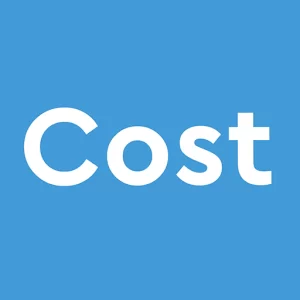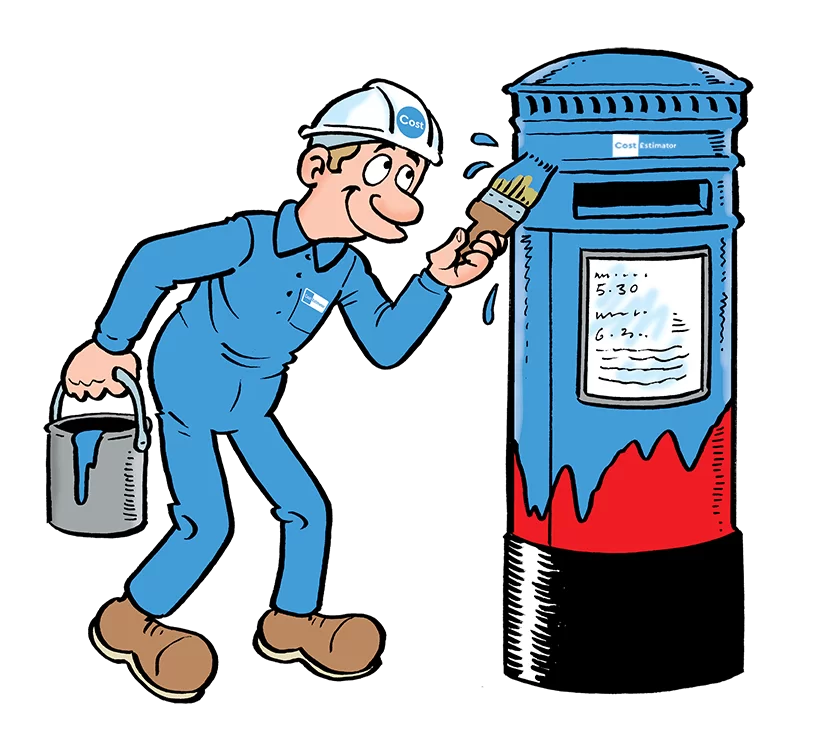What is a Break-Even Point?
The break-even point is the financial turning point where your income exactly matches your expenses. No profit, no loss. It’s the minimum performance your business must achieve to survive.
Formula: Total Revenue = Total Costs
Why Knowing Your Break-Even Point is Crucial
Without understanding your break-even point, you’re essentially operating blind. Here’s why it matters:
- Set Realistic Goals: Know exactly how much work you need to secure each month.
- Make Smarter Pricing Decisions: Ensure your rates are sustainable and profitable.
- Manage Financial Risk: Predict and weather slow months or unexpected downturns.
- Justify Investments: Understand when and how you can afford to grow.
- Increase Business Confidence: Being financially literate strengthens decision-making.
How to Calculate Your Break-Even Point
Calculating your break-even point is straightforward with the right figures:
Break-Even Formula
Break-Even Point (Units) = Fixed Costs ÷ (Selling Price per Unit – Variable Cost per Unit)
Example
- Fixed Costs: £5,000/month
- Variable Costs: £50/job
- Selling Price per Job: £150
Break-Even Point: £5,000 ÷ (£150 – £50) = 50 jobs per month
Fixed vs Variable Costs Explained
Fixed Costs
Fixed costs remain constant regardless of your output. Examples:
- Rent or mortgage payments
- Salaries for permanent staff
- Business insurance premiums
- Utilities (Internet, phone)
Variable Costs
Variable costs fluctuate depending on the number of jobs or sales you complete:
- Raw materials
- Subcontractor wages
- Fuel and travel expenses
- Shipping and delivery charges
How to Lower Your Break-Even Point
Reducing your break-even point increases your flexibility and profit margins. Strategies include:
- Cut Fixed Costs: Downsize your premises or negotiate lower rent.
- Lower Variable Costs: Bulk buy materials or optimise workflows.
- Increase Your Selling Price: Small price hikes (without losing customers) can have a major effect.
- Offer High-Margin Services: Focus on services or projects with better profitability.
Beyond the Break-Even: Planning for Profit
Reaching break-even is just the start. To thrive, you should:
- Track Margins: Regularly monitor job profitability.
- Expand Offerings: Introduce premium services or packages.
- Improve Marketing: Drive better quality leads and consistent work flow.
- Forecast Cash Flow: Proactively plan for slower seasons or unexpected expenses.
Frequently Asked Questions
What is a break-even analysis?
It’s a financial calculation that identifies the point where total revenue equals total costs, helping you plan pricing, sales targets, and investments.
How often should I update my break-even analysis?
At least quarterly or after any major change in costs, pricing, or business conditions.
Can I calculate break-even for each service?
Yes. If you offer multiple services, calculating break-even for each one helps identify which are most profitable.
Is a break-even point static?
No. Costs, pricing, and market demand change over time—so your break-even point should be regularly reassessed.
Does reaching break-even guarantee cash flow?
No. Break-even ensures no loss but doesn’t guarantee positive cash flow. Cash flow management is equally critical.
What tools can I use to calculate break-even?
Use spreadsheets, accounting software like Xero, or online calculators tailored for small businesses.
What’s the margin of safety?
The difference between your actual sales and your break-even sales. A bigger margin means a safer, more profitable business.
Can breakeven analysis help with investment decisions?
Absolutely. It helps you plan when you can afford growth investments like hiring staff or buying new equipment.











